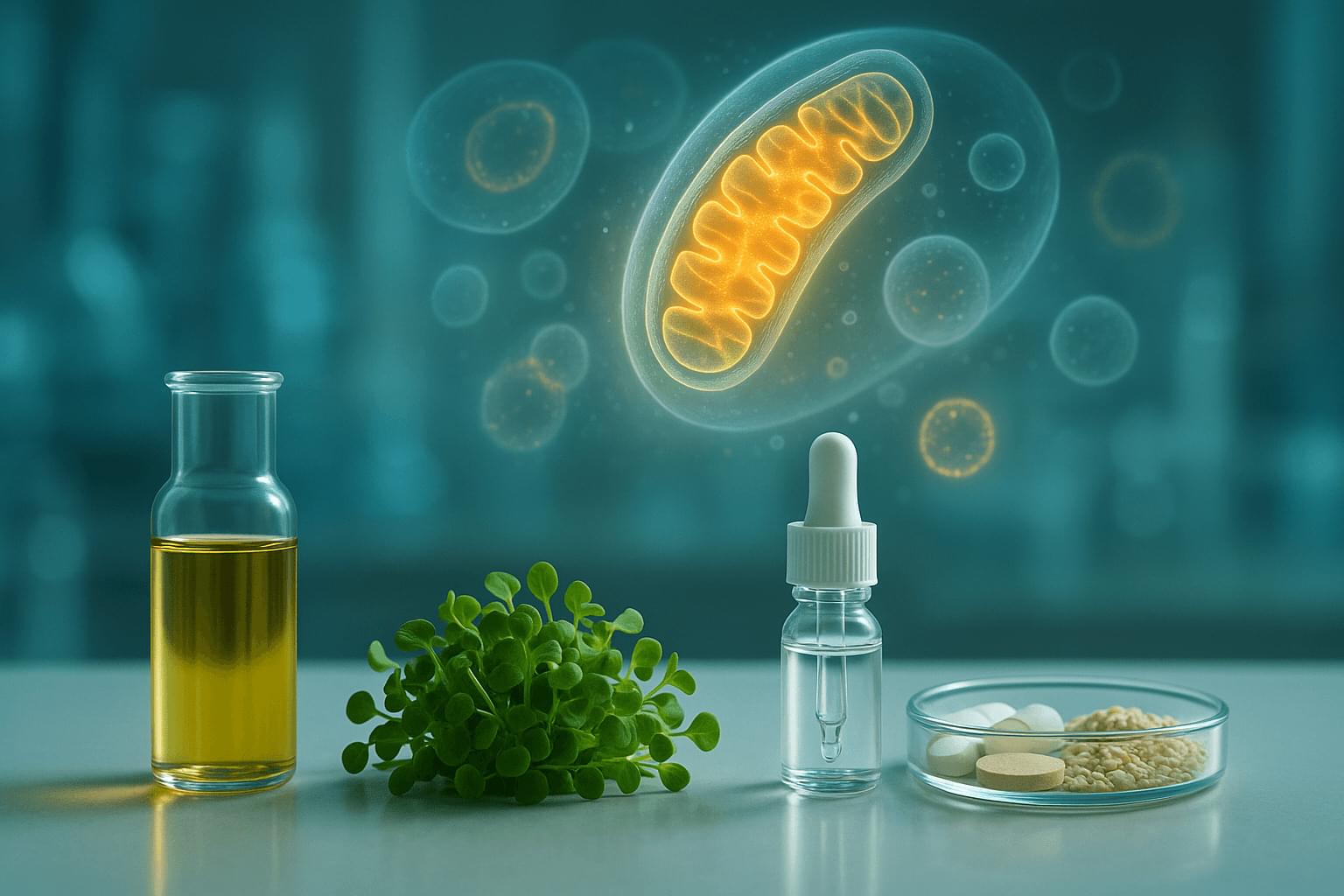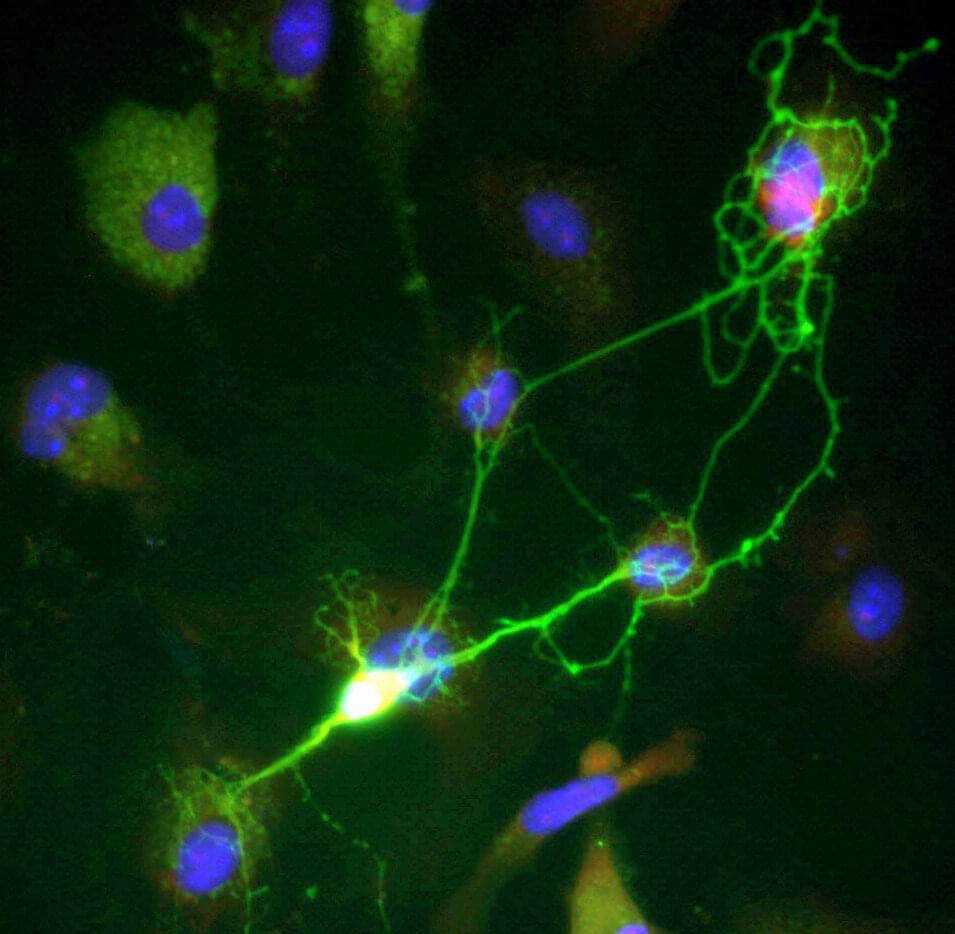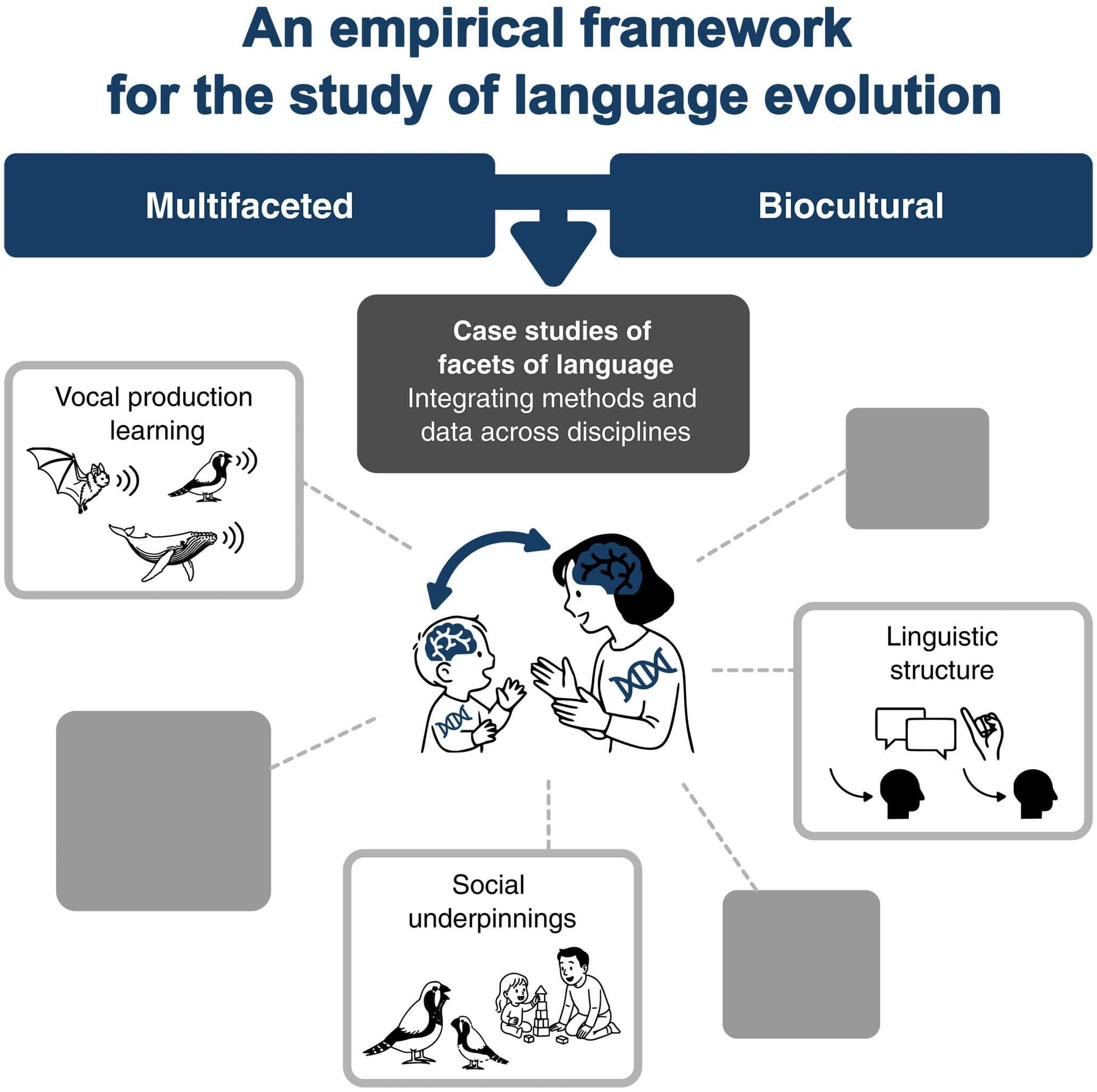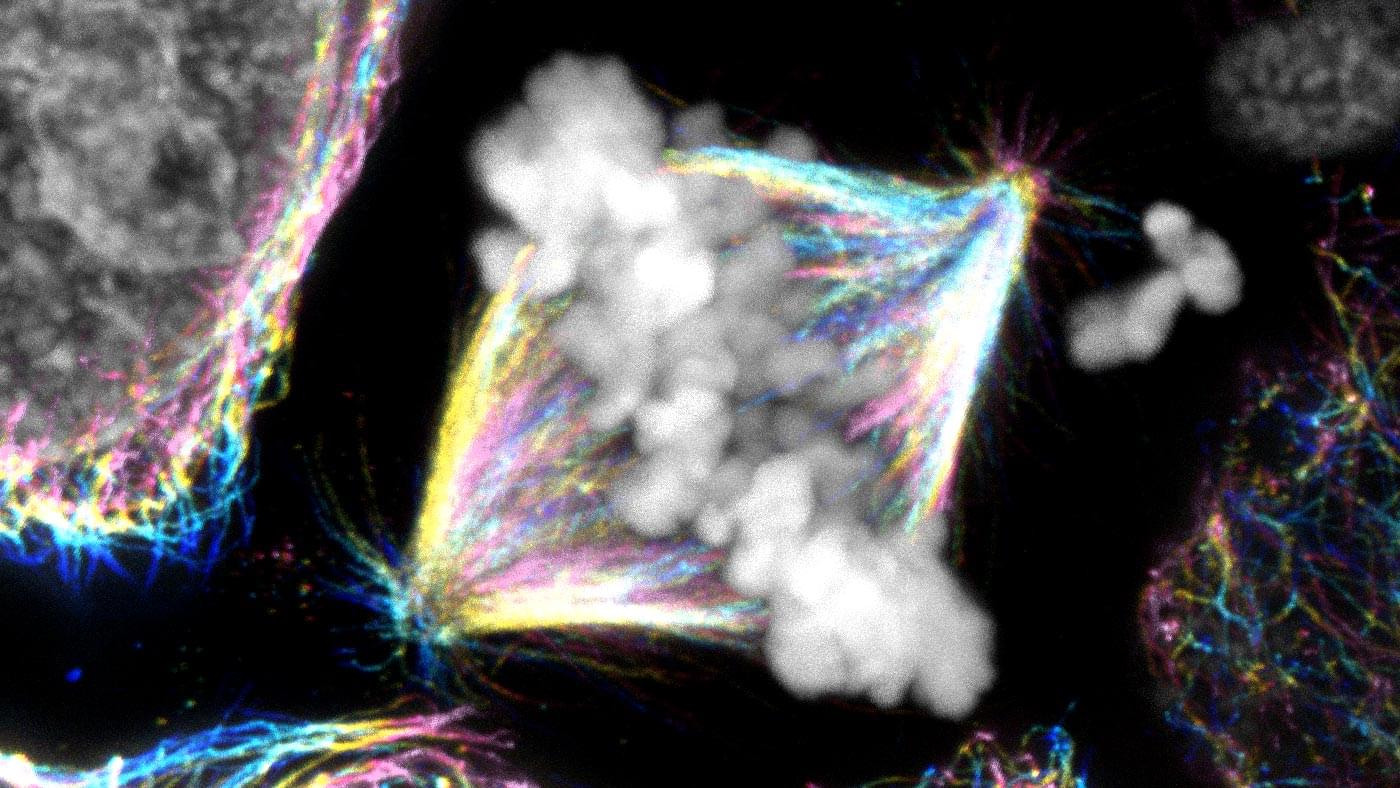A paper published in Biology Methods and Protocols, finds that it is now possible to distinguish wild from farmed salmon using deep learning, potentially greatly improving strategies for environmental protection. The paper is titled “Identifying escaped farmed salmon from fish scales using deep learning.”
Norway is home to the largest remaining wild populations of wild salmon and is also one of the largest producers of farmed salmon. Atlantic salmon abundance in Norway has declined by over 50% since the 1980s and is now at historically low levels. Escaped farmed salmon are an important reason for this decline.
Norway produces over 1.5 million metric tons of farmed Atlantic salmon annually. Each year, however, approximately 300,000 farmed salmon escape into the wild.








